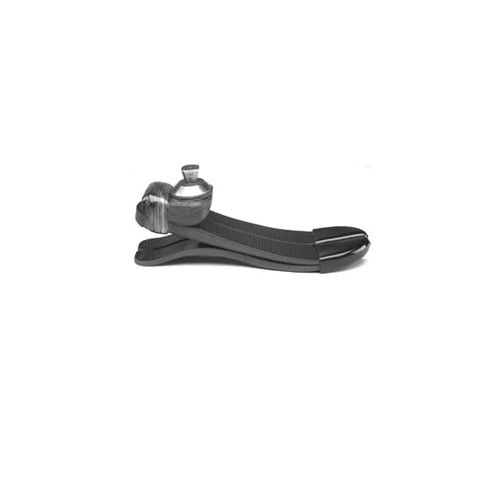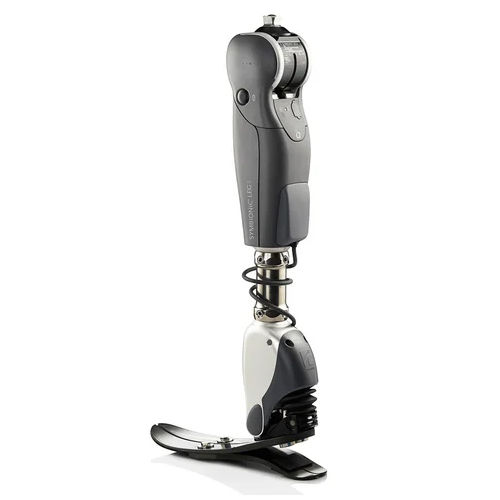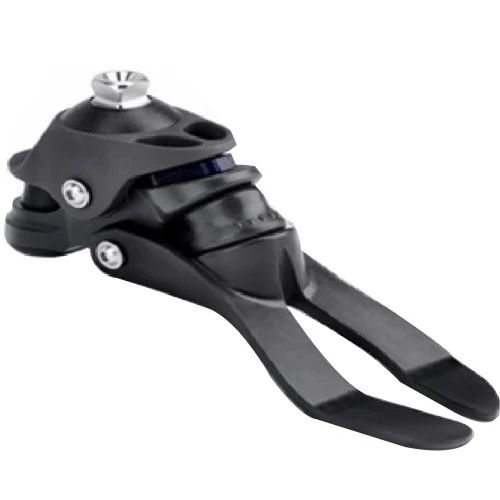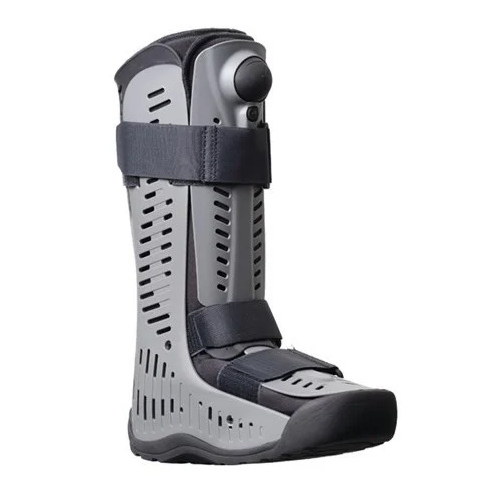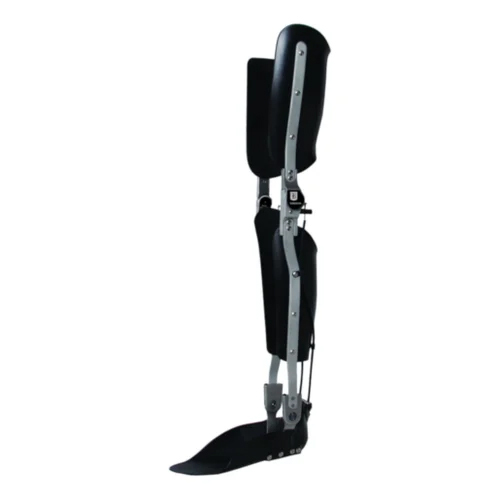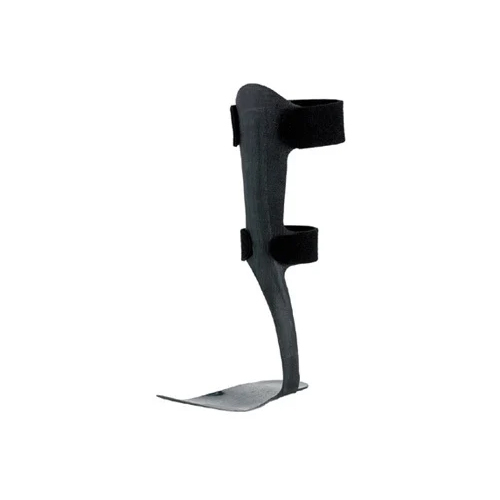DB SPLINT
Product Details:
- Provide Support To [ ]
- Material [ ]
- Attributes [ ]
- Click to View more
DB SPLINT Price And Quantity
- 2800.0 INR
- 1 Pieces
DB SPLINT Product Specifications
- [ ]
- [ ]
- [ ]
DB SPLINT Trade Information
- ] [
- [ ]
- [ ]
- CE and ISO
Product Description
DB splint ( Denis brown splint )A CTEV splint (also known as a Clubfoot splint) is a specialized orthopedic device used in the treatment of Congenital Talipes Equinovarus (CTEV), commonly known as clubfoot. Clubfoot is a congenital deformity where a baby's foot is turned inward and downward, which can result in difficulties in walking or mobility if not treated early.
Key Features and Purpose of a CTEV Splint:
Purpose:
The CTEV splint is designed to correct the abnormal positioning of the foot and help maintain proper alignment as the child grows. The goal is to provide gentle but consistent stretching and repositioning of the foot to gradually bring it into a more functional position.
The splint is often used after initial treatment methods such as the Ponseti method, which involves a series of casts to gradually manipulate the foot into a more natural position. The splint helps to maintain the corrected position once the cast treatment is completed.
Design:
The CTEV splint typically consists of a footplate and a set of bars that attach to the sides of the foot, with straps or other adjustable mechanisms to hold the foot in place.
The footplate usually has soft padding to make it comfortable for the baby, and the bars are adjustable to gradually change the angle of the foot over time.
Corrective Action:
The splint is designed to hold the foot in the corrected position by gently applying corrective pressure to the foot and ankle.
It helps maintain the foot's alignment, preventing the foot from returning to its deformed position after the initial correction (usually after casting or surgery).
Treatment Protocol:
The Ponseti method is often used as the first-line treatment for clubfoot, which involves casting the foot to gradually manipulate it into the correct position. After the casting, the child may be fitted with a CTEV splint to maintain the alignment.
The splint is typically worn full-time for a period (usually about 23 hours a day) for the first few months and then gradually reduced to nighttime use only. The exact timeline can vary depending on the severity of the deformity and the doctor's recommendations.
Customization:
CTEV splints are usually custom-made or adjusted for the babys foot and leg size. The level of correction may also be tailored based on the baby's age and the progression of the treatment.
The splint may need to be adjusted as the child grows to accommodate the development of the foot and ensure continued proper alignment.
Benefits:
Non-invasive: A CTEV splint is a non-surgical, gentle method of managing clubfoot, making it a preferred choice for many healthcare providers and parents.
Prevention of Recurrence: By keeping the foot in the corrected position, the splint helps to reduce the risk of recurrence of the clubfoot deformity.
Improved Mobility: With proper use, CTEV splints help achieve a functional, well-aligned foot that enables the child to walk more normally as they grow.
Challenges:
Compliance: For the treatment to be successful, the child must wear the splint as prescribed. Non-compliance with wearing the splint can lead to the recurrence of the clubfoot deformity.
Skin Irritation: In some cases, the splint may cause skin irritation or discomfort, so regular monitoring and adjustments are needed.
Summary:
A CTEV splint is a key component in the treatment of clubfoot, used after initial correction (like casting or surgery) to maintain proper alignment of the foot. It gently corrects and holds the foot in the right position, enabling proper development and function of the foot and reducing the likelihood of the deformity recurring. The splint plays an essential role in the long-term management of clubfoot, promoting normal walking and mobility for affected children
Other Products in 'Dynamic Movement Orthosis' category
 |
Evolution Health Care Pvt. Ltd.
All Rights Reserved.(Terms of Use) Developed and Managed by Infocom Network Private Limited. |


